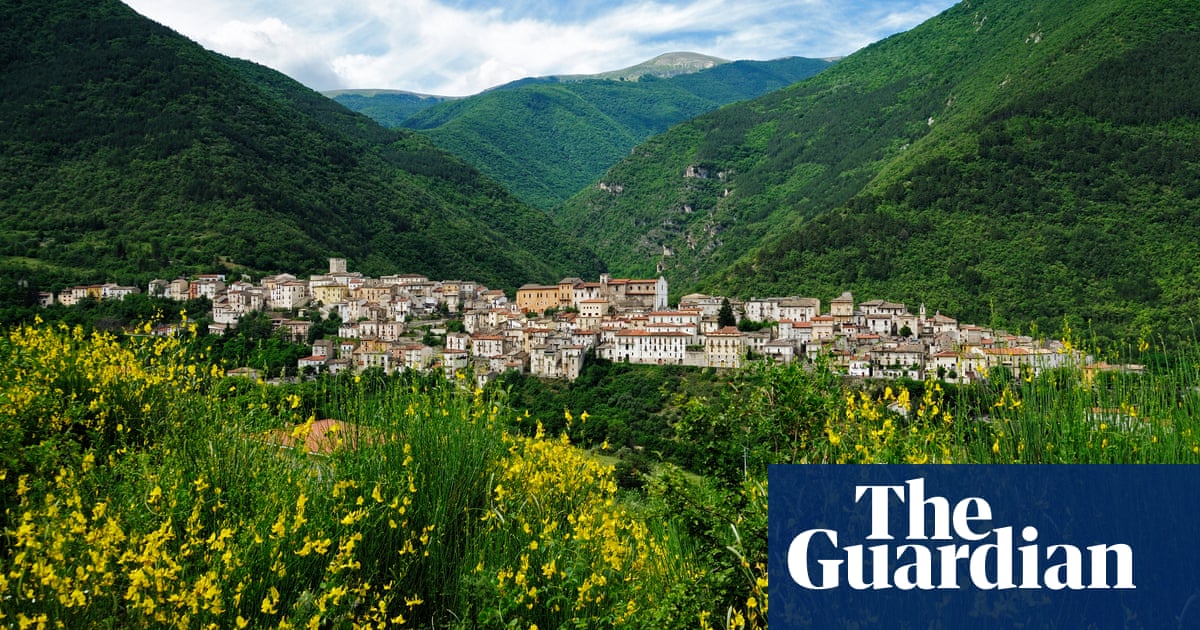After days of intense rain and wind killed at least 18 people in the US south and midwest, rivers rose and flooding worsened on Sunday in those regions, threatening waterlogged and badly damaged communities.
Utility companies scrambled to shut off power and gas from Texas to Ohio while cities closed roads and deployed sandbags to protect homes and businesses.
In Kentucky, downtown Frankfort, the state’s capital, was inundated.
“As long as I’ve been alive – and I’m 52 – this is the worst I’ve ever seen it,” said Wendy Quire, the general manager at the Brown Barrel restaurant.
As the swollen Kentucky river kept rising on Sunday, officials closed roads and turned off power and gas to businesses in the city built around it, Quire said. “The rain just won’t stop,” she said. “It’s been nonstop for days and days.”
The ongoing, global climate crisis is bringing heavier rainfall and related flood risks to most parts of the US, with the upper midwest and Ohio River valley among the regions most affected, according to Climate Central, an independent non-profit that researches weather patterns.
Forecasters warned that flooding could persist for days, as torrential rains lingered over many states, including Kentucky, Tennessee and Alabama. Tornadoes are possible in Alabama, Georgia and Florida, forecasters said.
The 18 reported deaths since the start of the storms on Wednesday included 10 in Tennessee. A nine-year-old boy in Kentucky was caught up in floodwaters while walking to catch his school bus. A five-year-old boy in Arkansas died after a tree fell on his family’s home and trapped him, police said. A 16-year-old volunteer firefighter in Missouri died in a crash while seeking to rescue people caught in the storm.
The National Weather Service (NWS) said on Sunday dozens of locations in multiple states were expected to reach a “major flood stage”, with extensive flooding of structures, roads, bridges and other critical infrastructure possible.
There were 521 domestic and international flights cancelled within the US, and more than 6,400 were delayed on Saturday, according to FlightAware.com. The website reported 74 cancellations and 478 delays of US flights early on Sunday.
The storms come after Donald Trump’s administration has cut jobs at NWS forecast offices, leaving half of them with vacancy rates of about 20%, or double the level of a decade ago.
Officials warned of flash flooding and tornadoes on Saturday across Arkansas, Mississippi, Tennessee and Kentucky. All of eastern Kentucky was under a flood watch through Sunday morning.
In north-central Kentucky, emergency officials ordered a mandatory evacuation for Falmouth and Butler, towns near the bend of the rising Licking river. Thirty years ago, the river reached a record 50ft (15 meters), resulting in five deaths and 1,000 homes destroyed.
The NWS said 5.06in (nearly 13 cm) of rain fell on Saturday in Jonesboro, Arkansas – making it the wettest day ever recorded in April in the city, dating back to 1893.
As of early Sunday, Memphis had received 14in (35cm) of rain since Wednesday, the NWS said. West Memphis, Arkansas, received 10in (25cm).
Forecasters attributed the violent weather to warm temperatures, an unstable atmosphere, strong winds and abundant moisture streaming from the Gulf.
In Dyersburg, Tennessee, dozens of people arrived on Saturday at a storm shelter near a public school in the rain, clutching blankets, pillows and other necessities.
Among them was George Manns, 77, who said he was in his apartment when he heard a tornado warning and decided to head to the shelter. Just days earlier the city was hit by a tornado that caused millions of dollars in damage.
“I grabbed all my stuff and came here,” said Mann, who brought a folding chair, two bags of toiletries, laptops, iPads and medications. “I don’t leave them in my apartment in case my apartment is destroyed. I have to make sure I have them with me.”
Guardian staff contributed reporting

 2 days ago
12
2 days ago
12













































